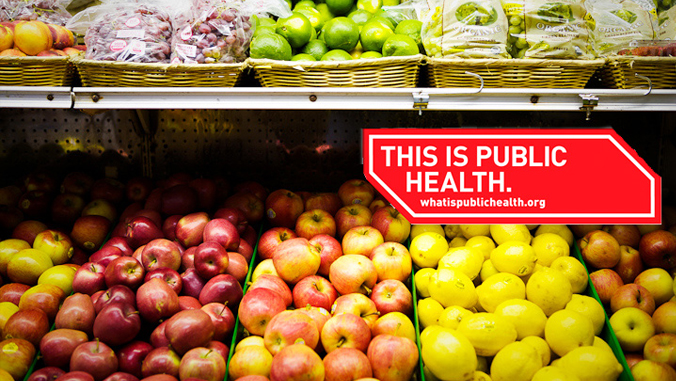
Preventing and managing chronic conditions such as diabetes and heart disease remain especially critical during the COVID-19 pandemic. For 20 years, the Healthy Hawaiʻi Initiative has been working to build healthier, more equitable communities and helping to reduce health disparities related to chronic diseases. Deaths due to heart disease decreased by 34 percent, stroke by 44 percent, and lung cancer by 10 percent during this time. Smoking prevalence among public high school students dropped by 72 percent over two decades, from 29.2 percent to 8.1 percent.
Now, as diabetes, heart disease and other conditions are associated with increased risk for COVID-19, it is important to maintain these gains.
In a paper published in BMC Public Health, researchers from the University of Hawaiʻi at Mānoa Office of Public Health Studies report how the Healthy Hawaiʻi Initiative was created in 2000 with tobacco settlement funds as a statewide effort to promote health-supporting environments through systems and policy change.
The Healthy Hawaiʻi Initiative started with a vision to make “the healthy choice the easiest choice,” for all Hawaiʻi residents, the researchers wrote. The initiative built relationships between community members, lawmakers and stakeholders across the islands and had many notable policy and project successes, including Complete Streets policies, the Choose Healthy Now ad campaign, and the Hawaiʻi Health Data Warehouse.
“Making health a shared value requires a cultural shift, and we believe the Healthy Hawaiʻi Initiative has contributed a new understanding that can be useful to long-term public health initiatives,” said Catherine Pirkle, one of the authors of the report and an associate professor with the UH Mānoa Office of Public Health Studies.
Long-term vision

For the new paper, Pirkle and her co-authors interviewed 10 public health leaders and community members who have worked on the initiative. The goal was to better understand the history, achievements and challenges of the Healthy Hawaiʻi Initiative.
The interviews revealed that a clear, long-term vision of health in the state was essential to the Healthy Hawaiʻi Initiative’s successes. Moreover, by developing long-term relationships with lawmakers, building strong, publically-available data surveillance tools and telling compelling stories, the initiative garnered support for health promotion programs.
“The success of the Healthy Hawaiʻi Initiative over the course of 20 years can be seen through the change and growth of the program since its creation and vision,” said Tetine Sentell, director of the UH Office of Public Health Studies and senior author of the paper.
Today, the Healthy Hawaiʻi Initiative continues to support the prevention and management of chronic disease, including supporting culturally-tailored programs relevant to Hawaiʻi’s diversity and encouraging communities to take care of their chronic disease even in the stress and confusion of COVID-19.
“Addressing health and prevention focusing on our communities will continue to be the Healthy Hawaiʻi Initiative’s focus,” Sentell said. “We want to turn theoretical ideas into health practices and promote and sustain long-term change throughout the islands.”
Pirkle and Sentell’s co-authors on the paper include Opal Vanessa Buchthal, assistant professor of the UH Mānoa Office of Public Health Studies; Joy Agner, of the UH Mānoa Department of Community and Cultural Psychology; Lola Irvin, of the Hawaiʻi State Department of Health; Jay E. Maddock, of Texas A&M University; Jessica Yamauchi, of the Hawaiʻi Public Health Institute; and Ranjani Starr, of the Hawaiʻi State Department of Health and Human Services.
Learn more about the Healthy Hawaiʻi Initiative.
–By Edmel Ronquillo, public health student

